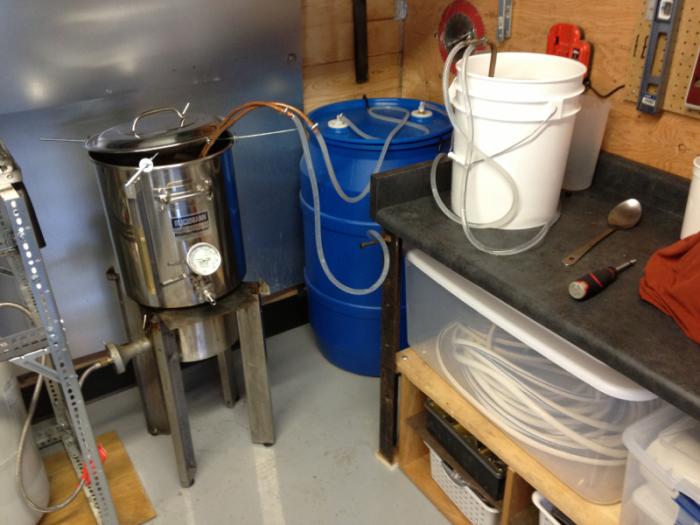Everyone,
I have been having a crazy idea recently when thinking about the future. I know one of the biggest places water is wasted is when cooling down the wort to pitching temperature. I have been thinking if I had a cold room I could store a 100 to 200 gallon tank in that room and let it get to 38 degrees, then use a pump to recirculate that water to cool down a batch of wort. I prefer using immersion chillers because it gets the whole batch down in temp instead of just a little bit at a time. This could work with any of the common cooling techniques.
Has anyone ever seen this done? I wonder what size reserve you would need proporionally to the amount of wort. I wonder if it would be safe to use a liquid besides just plain water, like glycol or salt water to get the temp lower.
I have been having a crazy idea recently when thinking about the future. I know one of the biggest places water is wasted is when cooling down the wort to pitching temperature. I have been thinking if I had a cold room I could store a 100 to 200 gallon tank in that room and let it get to 38 degrees, then use a pump to recirculate that water to cool down a batch of wort. I prefer using immersion chillers because it gets the whole batch down in temp instead of just a little bit at a time. This could work with any of the common cooling techniques.
Has anyone ever seen this done? I wonder what size reserve you would need proporionally to the amount of wort. I wonder if it would be safe to use a liquid besides just plain water, like glycol or salt water to get the temp lower.










































![Craft A Brew - Safale BE-256 Yeast - Fermentis - Belgian Ale Dry Yeast - For Belgian & Strong Ales - Ingredients for Home Brewing - Beer Making Supplies - [3 Pack]](https://m.media-amazon.com/images/I/51bcKEwQmWL._SL500_.jpg)















